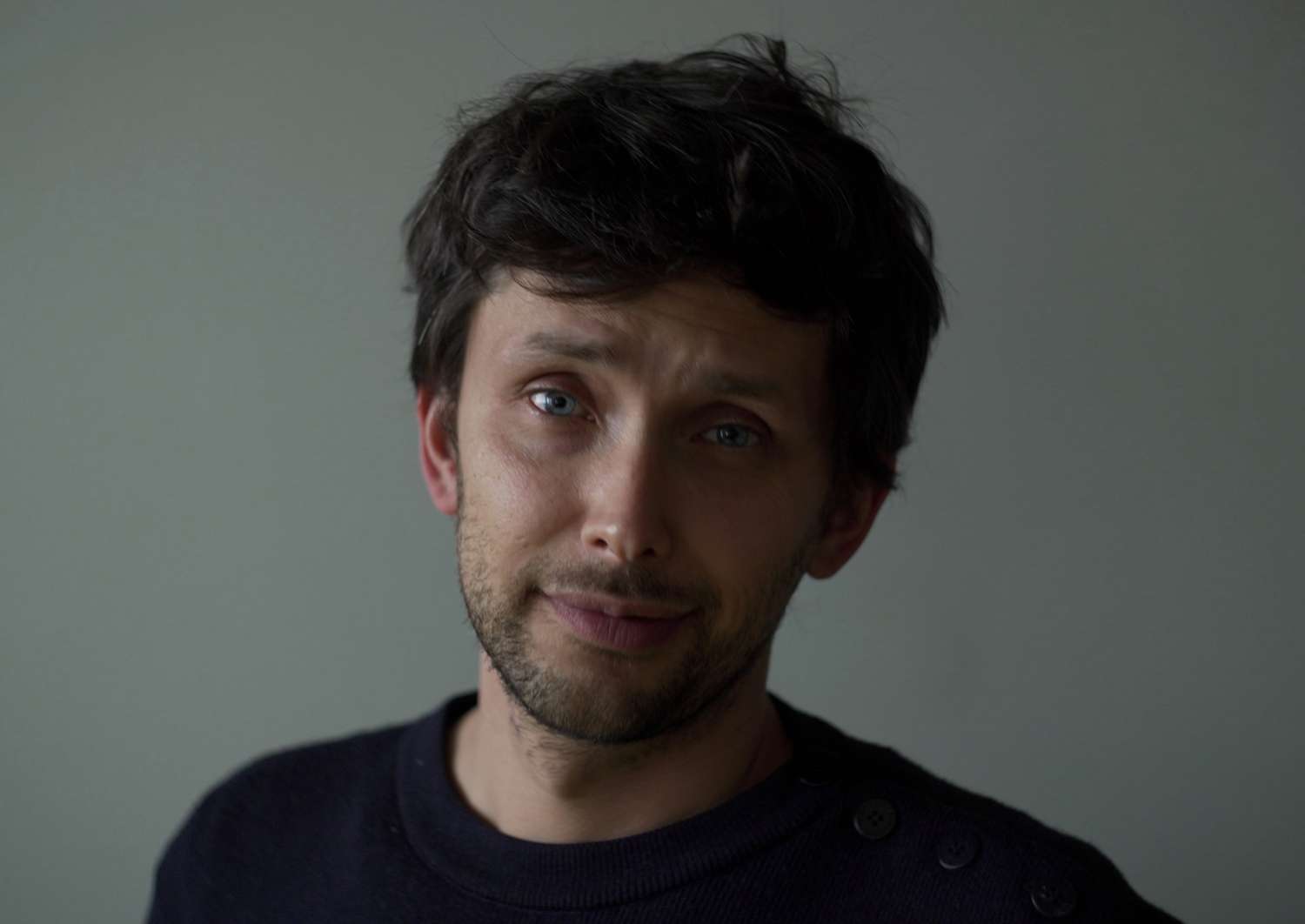Into the Sandbox: Benjamin Nuel with Vladimir Nadein and Liza Dorrer
Vladimir Nadein and Liza Dorrer, co-curators of Open, discussed Benjamin Noël’s HOTEL with the author. The film is the next installment of Into the Sandbox, the film programme of the Russian Pavilion at the 2021 Architecture Biennale.


I was making movies but I really wanted to make a video game someday, especially a real-time 3D game. This opportunity arose at Le Fresnoy (Studio National des Arts Contemporains). The return to a cinematographic form was made in a second step and before being a film, HOTEL was therefore a video game of which we can see a play through here. However, game design didn’t interest me too much. Above all, I was looking for something that I couldn’t find in the cinema: to explore a time, to get lost in a moment, and to have a physical relationship with the world, something which is close to contemporary sculpture of which I am fond.
Over this first piece hovered the influences of Daniel Firman , Erwin Wurm or Urs Fisher. There was no narrative development and because I missed it, I wanted to tell a story in the second part of the project, the film you are showing this year. Basically, I hijacked Counter-Strike to make it my own video game, and then I made a movie of that video game.
Your work seems like a reflection on the escape both from physical reality (by setting humanist drama in a video game setting) and double escape from virtual reality (as the rules are initially broken and the ‘players’ are escaping this broken game).
Can you elaborate on this escape and the end of the ‘world’ theme that you invoke in your works? What does it mean to you?
These emotions were born in me quite young from strong artistic experiences. I think of Daggerfall, one of the first open world games, great but full of bugs. It has happened more than once to find myself out of the world, feeling dizzy. Even before, Die unendliche Geschichte (1984) — which I watched as a child — and its nothingness which inevitably progresses, sweeping away everything in its path, made a very strong impression on me.
In the making of HOTEL, there was a delicate balance to be struck between the suspension of disbelief: what allows us to believe in the world, in the story, in the characters - the immersion in short - and the unveiling of the artificial aspect of it all.
You seem to be interested in the glitch too and also use it in your recent music video (Mick Strauss, Know Your Cover Legend). Could you also speak a little bit about your take on the glitch and its meaning to you?
In the first version of HOTEL (2008 - video game), we used Shiva 3D, a small, recent, inexpensive real-time 3D engine - a market which was then taken over by Unity which I am working with now. Shiva was not ready to accommodate such a heavy scene and the engine was literally on the verge of exploding when it loaded my game. Some bugs were staged but the most beautiful: unforeseen transparencies, glittering models or textures, were due to engine failures.
I recycled this workflow for the Mick Strauss music video. I’m glad you quote it because it’s a very personal video. A look back at my obsessions. We know that the time of remembering is not a step backwards but is to summon the past to the present. In this clip, I wanted to literally go back into memories. The character wanders with nostalgic pleasure in frozen stages set in his past. Or there is something depressing about visiting a happy but dead time.